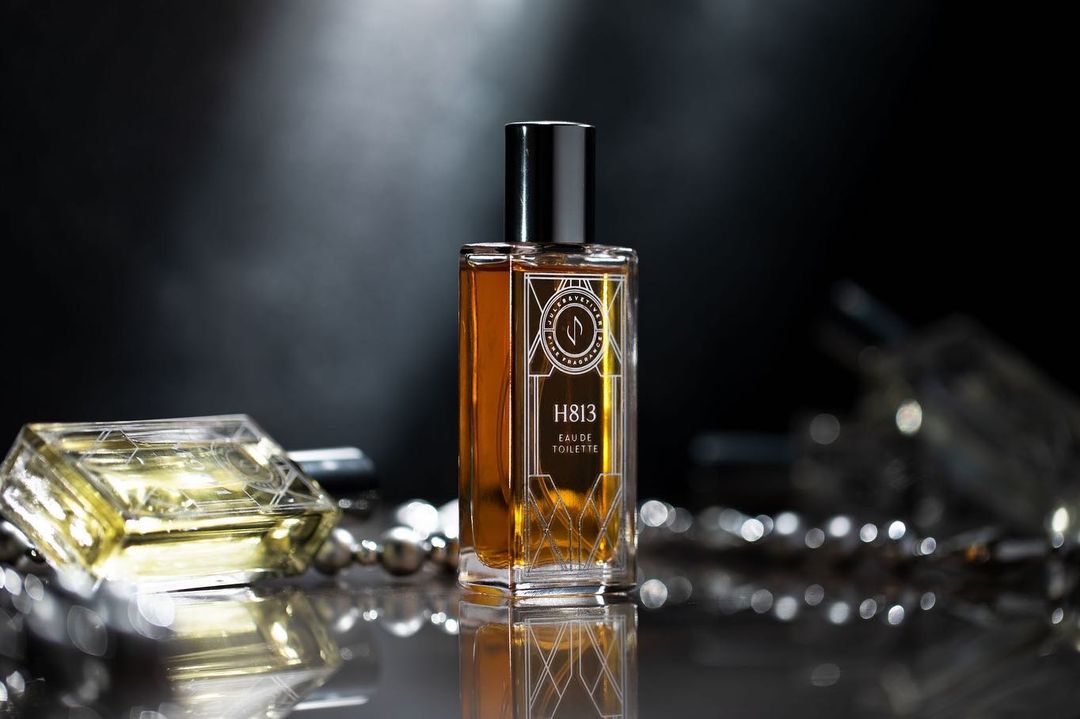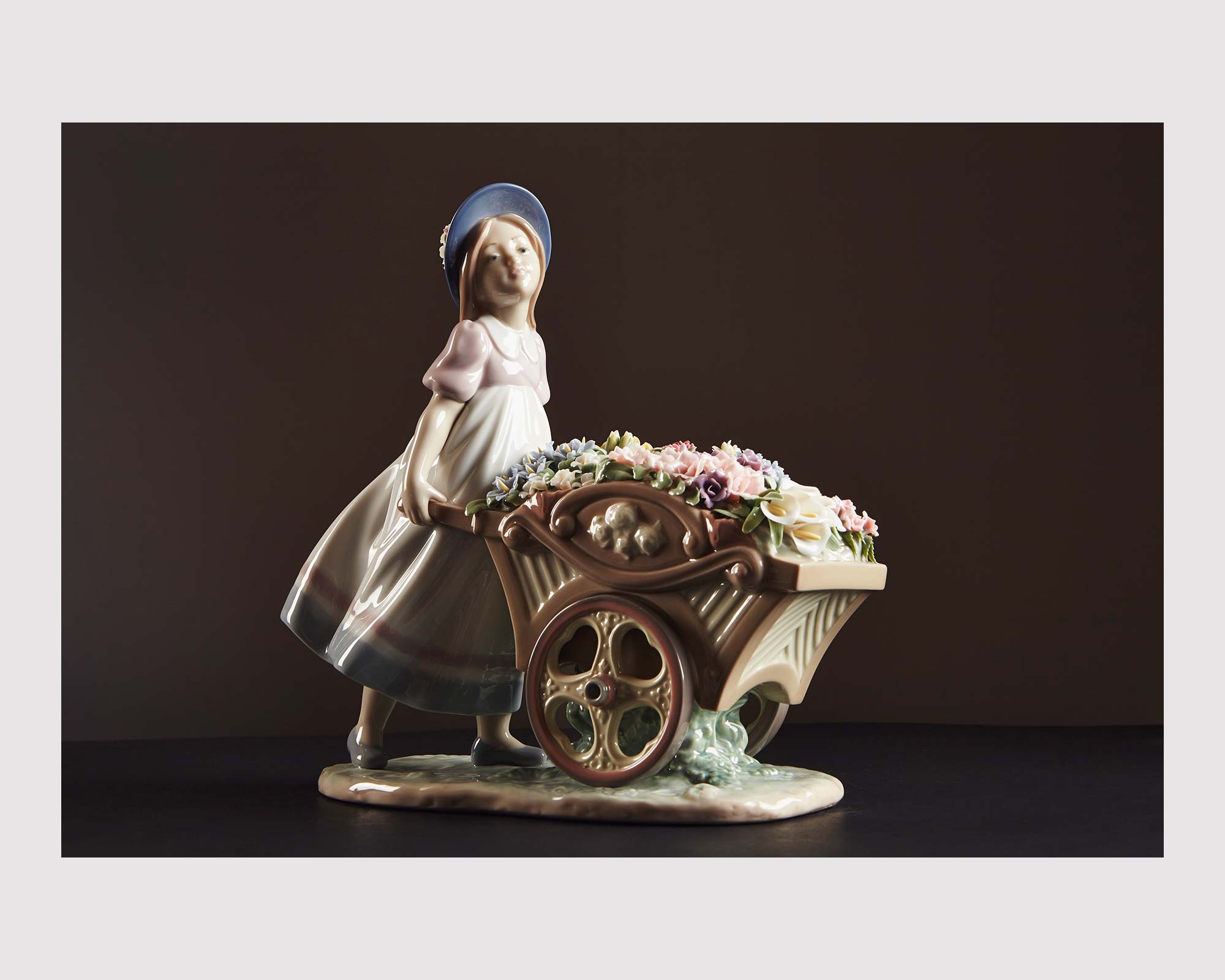Product Photography for Beginners
In the world of digital marketing, where content is king, having stunning product photos can set your brand apart. Whether you're a seasoned professional used to capturing fast-paced fight scenes or a beginner just starting out, mastering the art of product photography can elevate your portfolio and provide value to brands and advertisers. In this article, we delve deep into the essentials of product photography for those starting on this exciting journey.

How to Do Product Photography
Product photography is not just about snapping a picture of an item; it’s about presenting it in the best possible light (literally and figuratively). The aim is to portray the product in a way that's both truthful and appealing to potential customers.
- Choose the Right Setting: Depending on the product, choose a background that complements it. This could be a simple white backdrop for a clean look or a more textured or colorful backdrop for added depth.
- Set Up Your Camera: A tripod can be your best friend. It keeps the camera steady, ensuring sharp photos. Use the right lens for the product size and play around with aperture settings for desired depth of field.
- Light the Scene: Proper lighting can make or break a shot. Whether you're using natural light or studio lights, ensure that the product is well-lit and shadows are minimized.
Product photography is not just about snapping a picture of an item; it’s about presenting it in the best possible light (literally and figuratively). The aim is to portray the product in a way that's both truthful and appealing to potential customers.
- Choose the Right Setting: Depending on the product, choose a background that complements it. This could be a simple white backdrop for a clean look or a more textured or colorful backdrop for added depth.
- Set Up Your Camera: A tripod can be your best friend. It keeps the camera steady, ensuring sharp photos. Use the right lens for the product size and play around with aperture settings for desired depth of field.
- Light the Scene: Proper lighting can make or break a shot. Whether you're using natural light or studio lights, ensure that the product is well-lit and shadows are minimized.
Product Photography Tips for Beginners
- Be Patient: It might take a while to get the right shot, especially if you're experimenting with lighting and angles.
Learn Post-Production: Sometimes, a little touch-up in post can transform a good photo into a great one.
Study Competitors: Look at top brands in the industry and analyze their product photos. What works? What doesn't?

Product Photography Essentials
To consistently produce high-quality product images, there are certain essentials one must understand and invest in:
Product Photography Lighting
Lighting can define the mood and feel of the product photo. Two main types are:
- Natural Light: Useful for lifestyle product photos or when you want a soft, natural look. Best captured during the golden hours of the day.
- Artificial Light: Studio lights give you control over the intensity, direction, and color of light. This is essential for consistency, especially when shooting multiple products.
Product Photography Composition
Composition refers to the arrangement of elements in a photo. Some key points to remember are:
- Rule of Thirds: Imagine a 3x3 grid on your photo and place the product at one of the intersecting points for a balanced look.
- Leading Lines: Use lines to direct the viewer’s eye towards the product.
- Backgrounds: Ensure that the background complements the product and doesn't distract from it.
Product Photography Software
Post-processing software can enhance product images. Popular options include:
- Adobe Photoshop: For detailed edits and composite images.
- Lightroom: For color correction, lighting adjustments, and batch processing.
Product Photography Equipment
While the camera is crucial, other equipment can enhance your photos:
- Lenses: Macro lenses for detailed shots, wide-angle lenses for larger products.
- Reflectors: To bounce light and eliminate shadows.
- Diffusers: To soften harsh light.
Product Photography Inspiration
Stay inspired by:
- Following Top Photographers: Websites like 500px or Instagram can be treasure troves.
- Photography Magazines and Blogs: They often feature trends and techniques.
- Physical Spaces: Sometimes a walk in nature or a visit to an art gallery can spark creativity.
In conclusion, product photography is both an art and a science. It might seem daunting at first, especially if you're transitioning from action-packed scenes of fighters to the serene setup of product shots. However, with patience, practice, and the right tools, you can master it and offer an invaluable skill to brands and marketers.